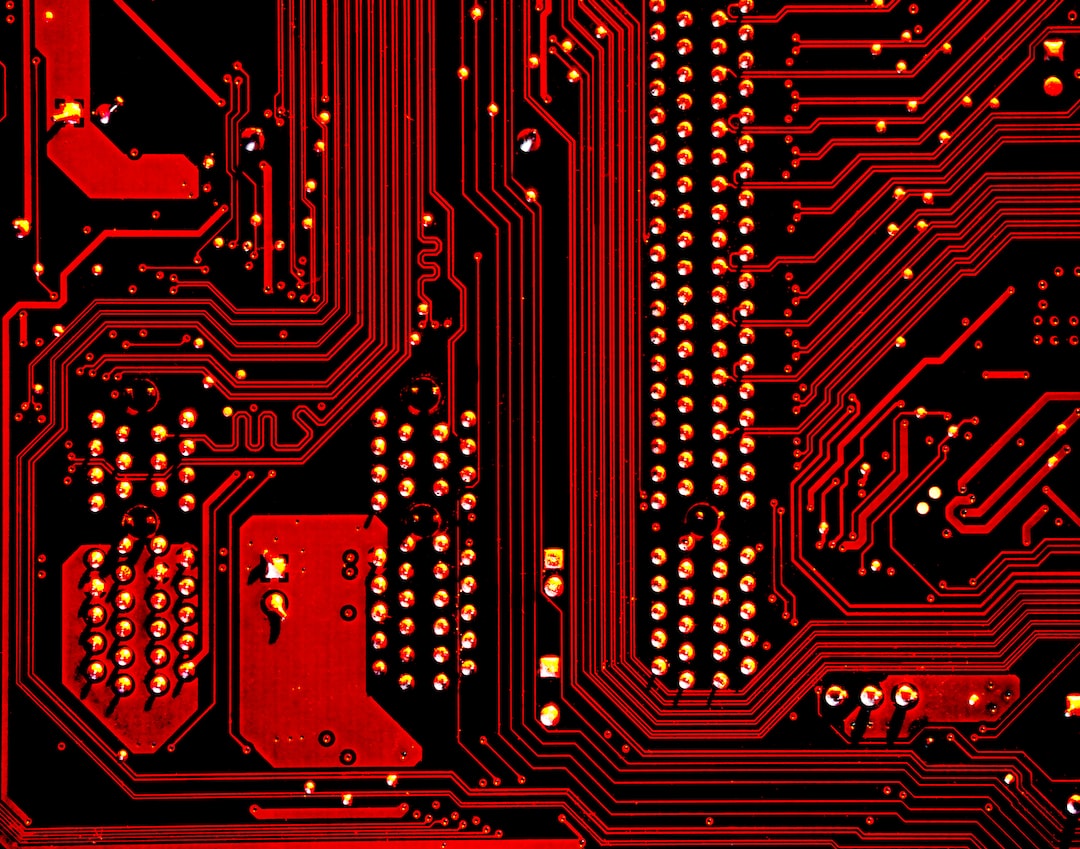The Internet of Medical Things: Transforming Healthcare Delivery
Over the past few decades, technology has undoubtedly revolutionized the way we live, work, and interact. From smartphones to smart homes, technological advancements have shaped our daily routines and transformed various industries, and healthcare is no exception. The emergence of the Internet of Medical Things (IoMT) has revolutionized healthcare delivery, leading to improved patient outcomes, increased efficiency, and enhanced preventive care.
The IoMT refers to the connection of medical devices, wearables, and sensors through the internet, enabling the collection, analysis, and transmission of health-related data. This interconnectedness allows for real-time monitoring of patients, remote consultations, and precise treatment recommendations, while also empowering individuals to take control of their own health.
One significant advantage of the IoMT is the ability to monitor patients remotely, reducing the need for frequent hospital visits and enabling more personalized care. For instance, wearable devices such as smartwatches and fitness trackers can continuously track vital signs, sleep patterns, and physical activity, providing healthcare professionals with valuable insights into a patient’s overall health. This allows medical personnel to intervene in a timely manner, preventing medical emergencies and ensuring that chronic conditions are managed effectively.
Moreover, the IoMT holds immense potential in revolutionizing the way chronic diseases are managed. For individuals with conditions such as diabetes or hypertension, regular monitoring of blood sugar levels or blood pressure is vital for maintaining their overall well-being. With the IoMT, these individuals can now easily monitor and manage their conditions using smartphone applications or connected devices. The data collected can be shared with healthcare providers, who can then offer personalized treatment plans and interventions. This remote monitoring not only saves time and resources but also facilitates early detection of any alarming signs or symptoms, promoting preventive care and reducing hospitalizations.
Another significant impact of the IoMT is the revolution in telemedicine and telehealth services. With the integration of internet-connected devices and high-speed internet, patients can now schedule appointments and have virtual consultations with healthcare professionals from the comfort of their homes. This can be especially beneficial for individuals living in rural or remote areas, where access to quality healthcare may be limited. Telemedicine enables faster diagnosis, eliminates travel-related obstacles, and increases overall patient satisfaction.
In addition to patient care, the IoMT also enhances the efficiency of healthcare delivery systems. With real-time data collection and analytics, hospitals can streamline their operations, predict demand patterns, and optimize resource utilization. For example, connected devices can monitor the inventory of medical supplies, alerting staff to restock when levels are low. Similarly, the IoMT enables predictive maintenance of medical equipment, reducing downtime and ensuring the availability of critical resources. This proactive approach to healthcare management improves the quality of care, reduces costs, and enhances overall patient satisfaction.
However, alongside the transformation and benefits brought about by the IoMT, there are also concerns regarding data privacy and security. With the vast amount of sensitive medical data being transmitted over networks, it becomes crucial to ensure robust cybersecurity measures are in place. Encryption, secure data storage, and strict access controls are some of the strategies that need to be implemented to safeguard patient information and prevent unauthorized access.
In conclusion, the Internet of Medical Things is revolutionizing healthcare delivery, transforming the way we receive and provide medical care. Remote monitoring, personalized treatments, and telemedicine services are just a few of the many advantages this technology brings. By harnessing the power of connected devices and data analytics, healthcare providers can deliver more precise care, improve patient outcomes, and increase efficiency. However, it is essential to address concerns regarding data privacy and security to build trust and ensure the widespread adoption of IoMT solutions. With continued advancements and innovation, the IoMT holds the potential to shape the future of healthcare worldwide, making it more accessible, efficient, and patient-centered than ever before.

